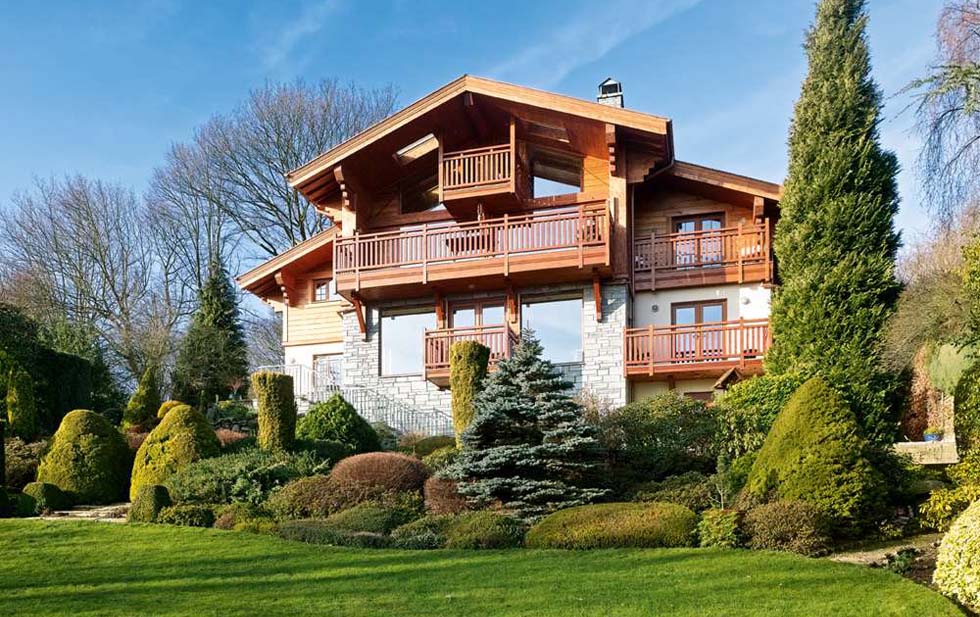A house with a balcony stands as a testament to timeless architectural elegance, offering a perfect blend of indoor comfort and outdoor enjoyment. Balconies have been an integral feature in residential design for centuries, evolving in style and function while maintaining their charm. In this article, we’ll explore the enduring appeal of houses with balconies, examining the advantages, design considerations, and the ways in which these elevated spaces enhance the overall living experience.
Advantages of Houses with Balconies:
- Aesthetic Appeal: Balconies add a touch of grace and charm to the exterior of a house. Whether it’s a classic Juliet balcony, a sweeping veranda, or a contemporary glass-enclosed terrace, the architectural allure of a house with a balcony is unparalleled.
- Expanded Living Space: A balcony extends the living space of a house to the outdoors, providing a private retreat where residents can unwind, enjoy a cup of coffee, or simply bask in the fresh air. This expansion of usable space adds versatility to the home.
- Natural Light and Ventilation: Balconies bring increased natural light and ventilation into the house. Sliding glass doors or French doors leading to the balcony allow sunlight to filter into the interior, creating a bright and airy atmosphere.
- Scenic Views: Depending on the location and design, a house with a balcony can offer stunning views of the surroundings. Whether it’s a view of the city skyline, mountains, or a serene backyard garden, balconies become vantage points to appreciate the beauty of the environment.
- Connection to Nature: Houses with balconies foster a stronger connection to nature. Residents can enjoy the changing seasons, feel the breeze, and listen to the sounds of the outdoors without leaving the comfort of their home.
Design Considerations for Houses with Balconies:
- Balcony Placement: Consider the placement of the balcony to optimize views and privacy. Front-facing balconies may offer a view of the neighborhood. While rear or side-facing balconies may provide a more secluded and private outdoor space.
- Balcony Size and Shape: The size and shape of the balcony should be proportionate to the overall design of the house. A spacious balcony can accommodate outdoor furniture, creating a comfortable lounge area. While a smaller, more intimate balcony might be suitable for a cozy reading nook.
- Architectural Harmony: Ensure that the design of the balcony harmonizes with the overall architecture of the house. The balcony should complement the style, materials, and color palette of the building to create a cohesive and visually appealing exterior.
- Accessibility: Easy access to the balcony is essential. Ideally, the balcony should be accessible from bedrooms or common areas to facilitate seamless indoor-outdoor connectivity.
- Privacy Features: Depending on the proximity to neighboring houses or streets, consider incorporating privacy features for the balcony. This could include strategically placed plants, screens, or architectural elements that enhance the sense of seclusion.
Making the Most of Balconies:
- Outdoor Furniture: Furnish the balcony with comfortable outdoor furniture to create a welcoming and functional outdoor space. From lounge chairs and sofas to dining sets, the right furniture enhances the usability of the balcony.
- Greenery and Planters: Introduce greenery to the balcony with potted plants, flowers, or even a vertical garden. Plants not only add visual interest but also contribute to a more vibrant and inviting outdoor atmosphere.
- Outdoor Lighting: Illuminate the balcony with outdoor lighting to extend its use into the evening. String lights, lanterns, or wall-mounted fixtures create a warm and inviting ambiance, turning the balcony into a cozy retreat after sunset.
- Privacy Solutions: Enhance the sense of privacy on the balcony with creative solutions. This could include outdoor curtains, retractable screens, or decorative partitions that add both style and functionality.
- Multi-functional Use: Consider the balcony as a multi-functional space. Depending on its size, it can serve as a dining area, a cozy reading spot, a mini-garden, or even an outdoor office. Adapting the balcony to various uses makes it a versatile extension of the home.
Conclusion: Elevating Home Living with Balconies
Houses with balconies encapsulate the essence of elevated living. Whether it’s the classic charm of a Victorian-era veranda or the modern sophistication of a glass-enclosed terrace. Balconies enhance the aesthetic, functionality, and overall appeal of a home. Homeowners seek to create living spaces that seamlessly integrate with the outdoors. The timeless allure of houses with balconies remains a defining feature in residential architecture.

